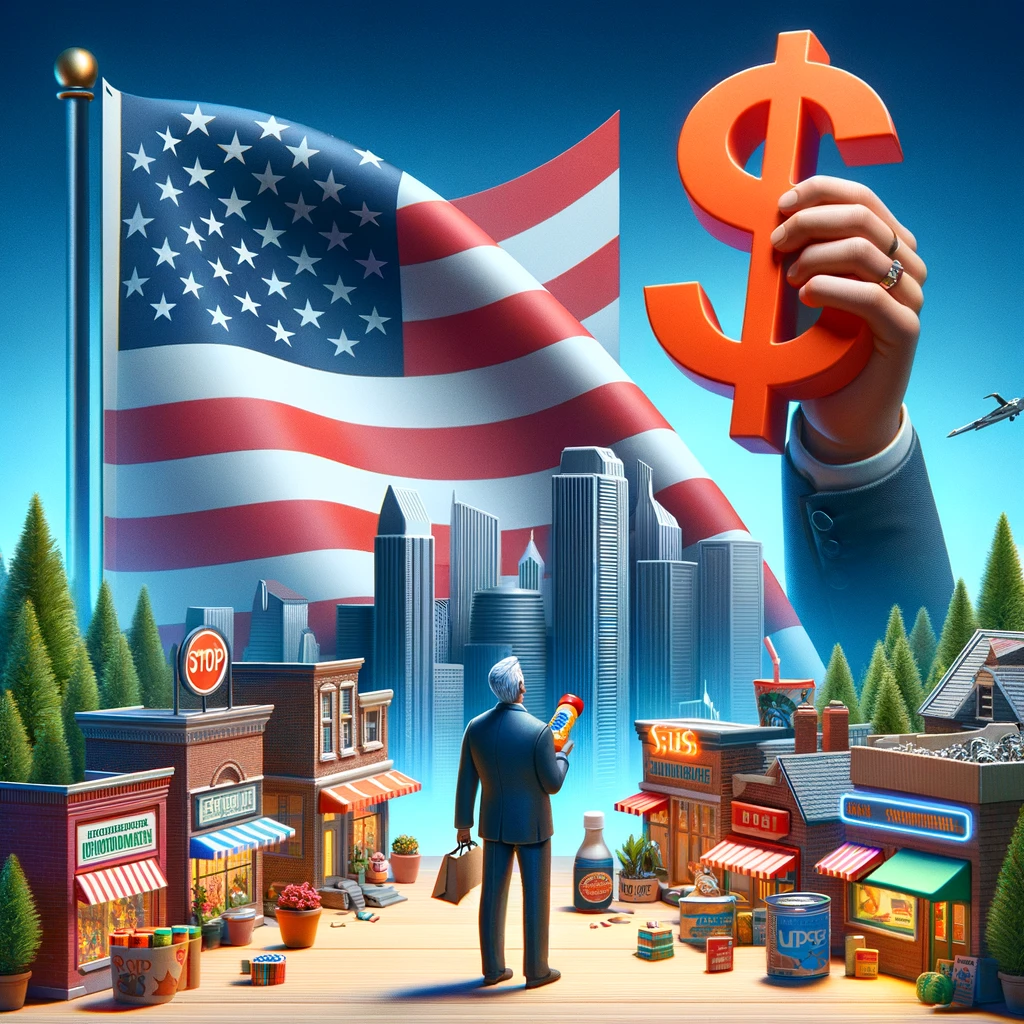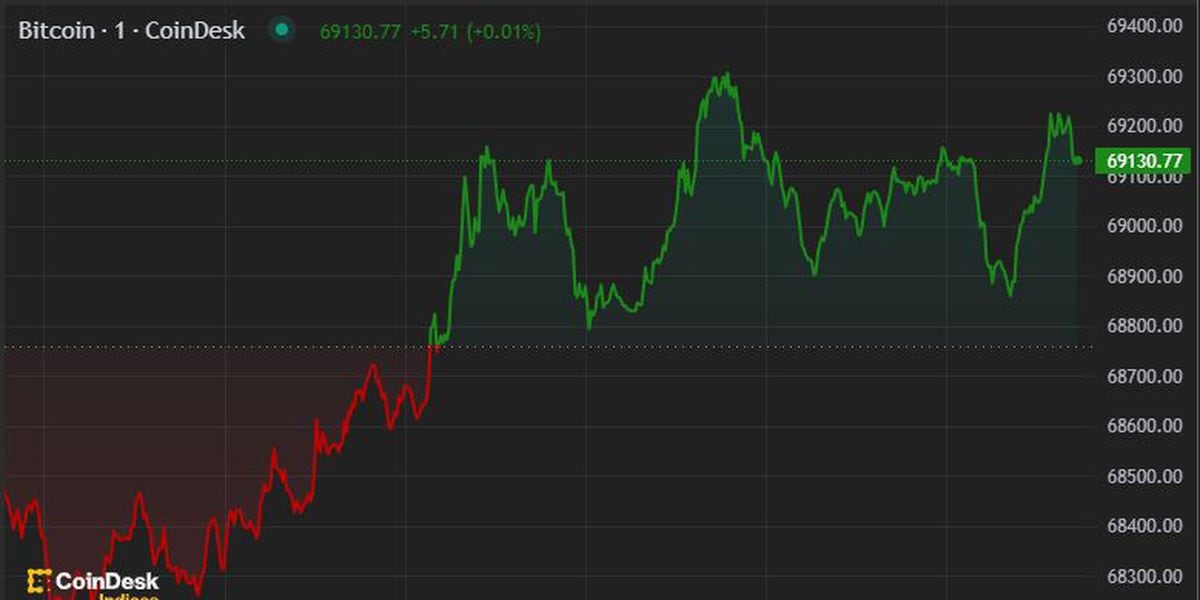America, we’ve got a sneaky trend on our hands that’s thinning our wallets and our patience: shrinkflation. This isn’t about your clothes shrinking in the dryer; it’s about getting less bang for your buck at the checkout line. From the halls of the White House to the tweets of a certain blue, cookie-loving monster, shrinkflation is snagging headlines and stirring up chatter across the nation.
A Closer Look at Shrinkflation
Let’s dive right in. Shrinkflation is that crafty trick where companies play a game of “now you see it, now you don’t” with the size, weight, or quantity of their products. Meanwhile, the price tag stays put or dares to climb higher. It’s like going on a snack run, only to find your favorite bag of chips has turned into a bag of air with a sprinkle of chips.
Even President Joe Biden is on the case, calling out the downsizing of sports drinks, ice cream, and yes, even Snickers bars, which, by the way, Mars insists hasn’t shrunk. Go figure. At the State of the Union, Biden’s frustration with shrinkflation was clear as daylight, echoing the sentiments of Americans nationwide.
Enter the Cookie Monster, social media’s unlikely economic commentator, with a simple declaration: “Me hate shrinkflation!” The White House’s cheeky reply? “C is for consumers getting ripped off.” It seems everyone’s in on the conversation, with Biden urging companies to cut the shrinkflation nonsense.
But here’s the problem. Biden wants the Federal Trade Commission (FTC) to wield the power to regulate and challenge shrinkflation. This means civil actions could be on the table for those slimming down their products on the sly. Yet, for now, the onus is on shoppers to keep their eyes peeled for these sneaky changes.
Certain products, like household paper goods and snacks, have been hit hard by shrinkflation, with notable price hikes masked by reduced quantities. The art of noticing these changes? It’s all about being vigilant, comparing sizes, and maybe even keeping a log of your grocery hauls. It’s a whole new level of grocery game.
The Debate and the Savvy Shopper
While shrinkflation is snagging the spotlight, not everyone’s convinced it deserves center stage. With inflation rearing its ugly head and hitting a 40-year high in 2022, some argue that the focus on shrinkflation is misplaced. Sure, it’s annoying to get less for your money, but the overall inflation monster is the bigger beast to tame, according to economists. Yet, the frustration is real for everyday Americans noticing their go-to products diminishing right before their eyes.
So, what’s a shopper to do in the face of these sneaky shrinkflations? First off, consider brand swapping. Store brands are stepping up their game, often offering the same quality at a fraction of the cost of name brands. Next, take your shopping online or become a loyalty program member for better tracking and comparisons. You might just uncover that shopping in person can double your spending without you realizing it, thanks to those impulse buys at the checkout line.
Beyond the grocery aisles, the broader American economy seems to be navigating the inflation and shrinkflation minefield with a bit of optimism. Talks of a looming recession are fading as businesses and consumers adapt to the economic climate. From corporate earnings calls to consumer spending habits, there’s a sense that maybe, just maybe, we can weather this storm without spiraling into an economic downturn.
As for mergers, acquisitions, and the overall business landscape, 2024 might just be the year of rebound and recovery. With interest rates potentially easing and consumer behavior adapting, companies across various sectors are poised for growth, deal-making, and expansion.





